Until something changes, we will assume the worst about the supply-and-demand curves of the current graphics card market. The most pessimistic sign of things to come, sadly, comes from GPU manufacturers themselves, as both Nvidia and AMD have begun pricing new products a bit more in line with market realities.
January has already seen some woeful GPU launches. The mildly tweaked RTX 3080, now with 12GB of VRAM instead of 10GB, arrived earlier this month at an MSRP of roughly $1,200—a whopping 42 percent jump over the highly reviewed launch model's suggested price. On the other side of the price spectrum, last week's AMD RX 6500XT, at an MSRP of $199, has proven quite underwhelming thus far in reviews. Between its 64-bit memory interface, its 4GB of VRAM, and its penalties for PCIe 3.0 systems, the card's performance pales even in comparison to the $199 RX 5500XT... which launched in 2019.
Not wanting to be left out of the latest low-end headlines, Nvidia arrives this week with the RTX 3050, which continues the longtime GPU manufacturer practice of repurposing "binned" GPUs. The card's $249 MSRP is the lowest yet in the RTX desktop series, below the $329 MSRP attached to the nearly one-year-old RTX 3060 but above the $229 MSRP of 2019's GTX 1660 Super. I get the feeling that this GPU is the monkey's paw proposition PC gamers get when we scream things like, "Please produce more graphics cards!"
Starting with the verdict: This is a 1080p card
Will you find RTX 3050 cards in the wild, let alone at prices 25 percent lower than the 3060? We're not optimistic. But if you do, be warned: even with proprietary tricks like Nvidia DLSS in its pocket, the RTX 3050 will still generally leave you fiddling with settings menus to get modern games running at 60 frames per second... at 1080p resolution. This is a card that, for the most part, maxes out at 1080p for reasonable PC performance, not only for the newest games but for some of the best games of the past seven years.
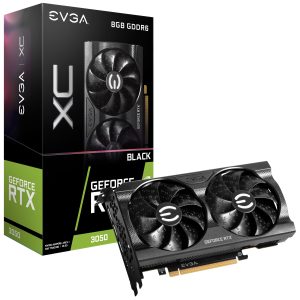
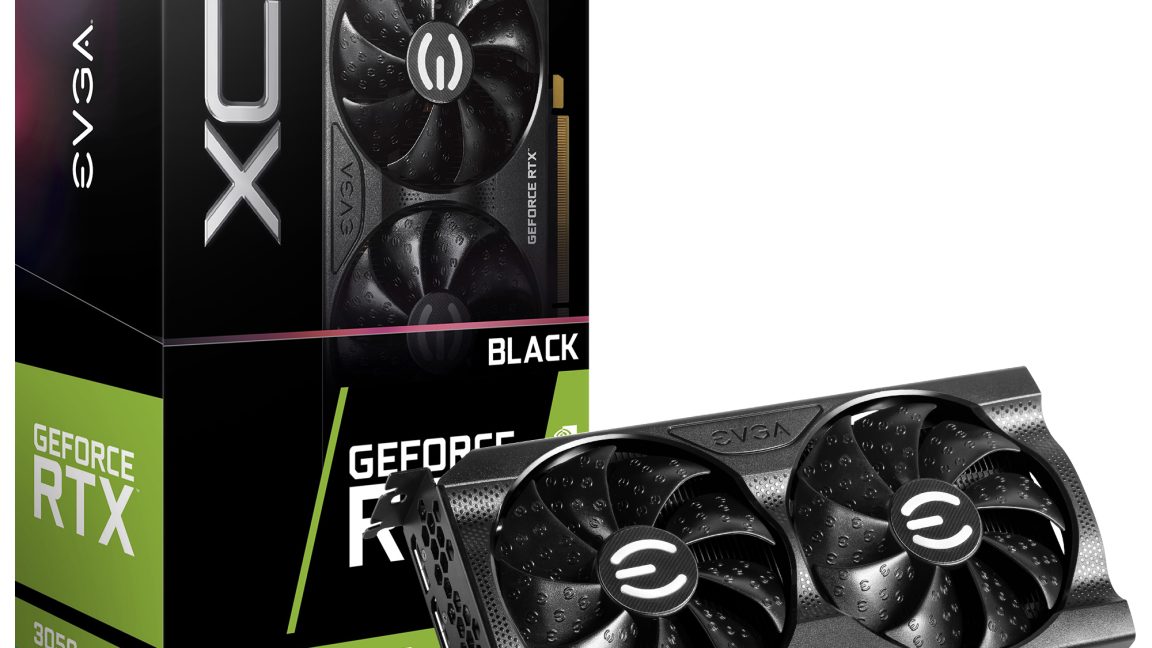
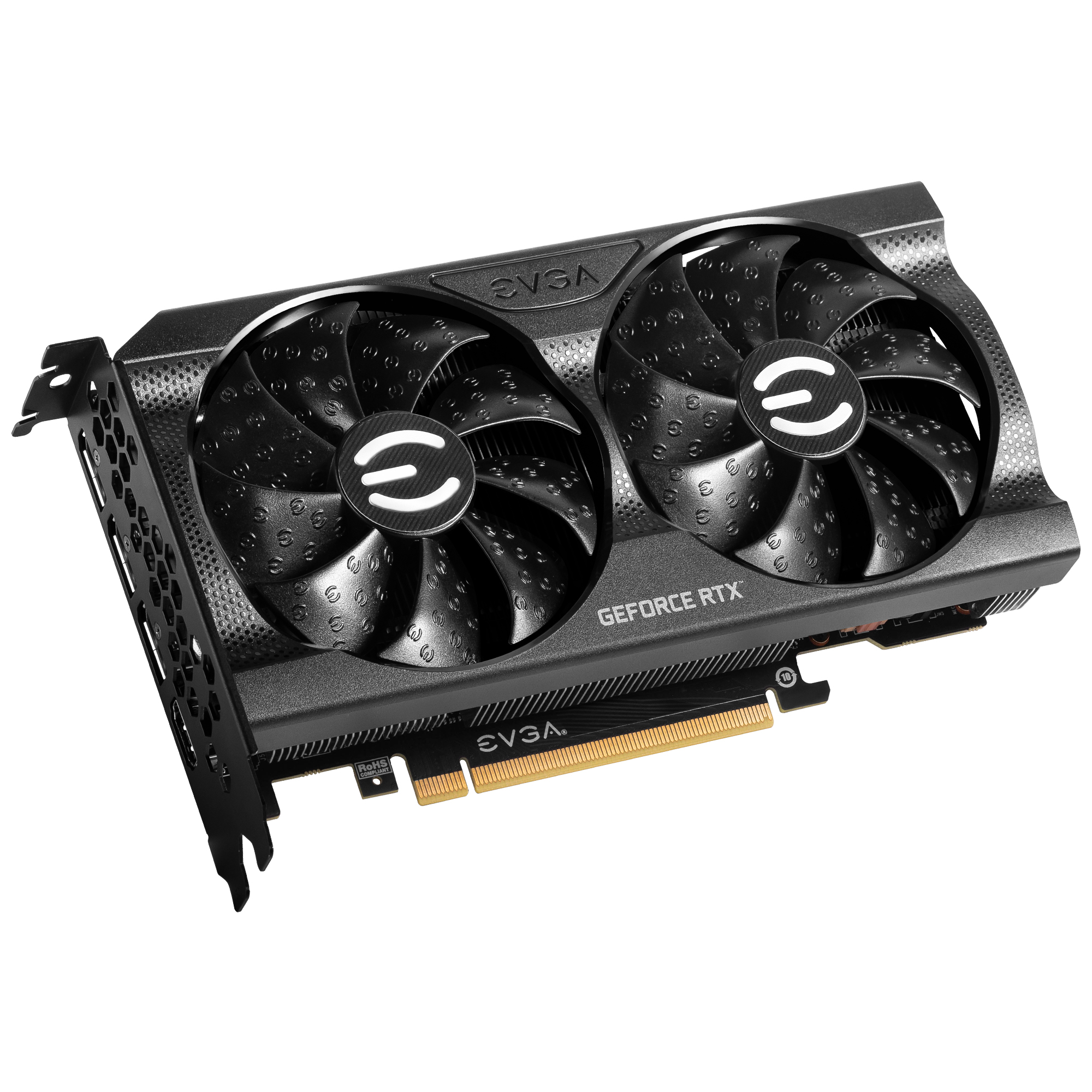
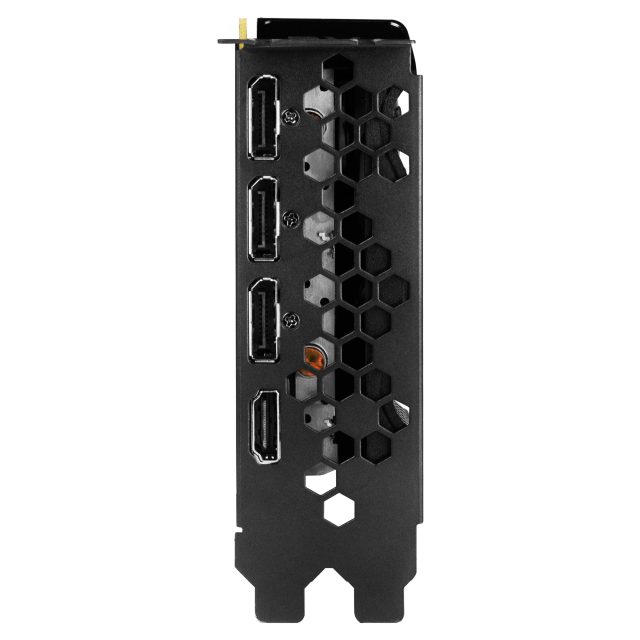
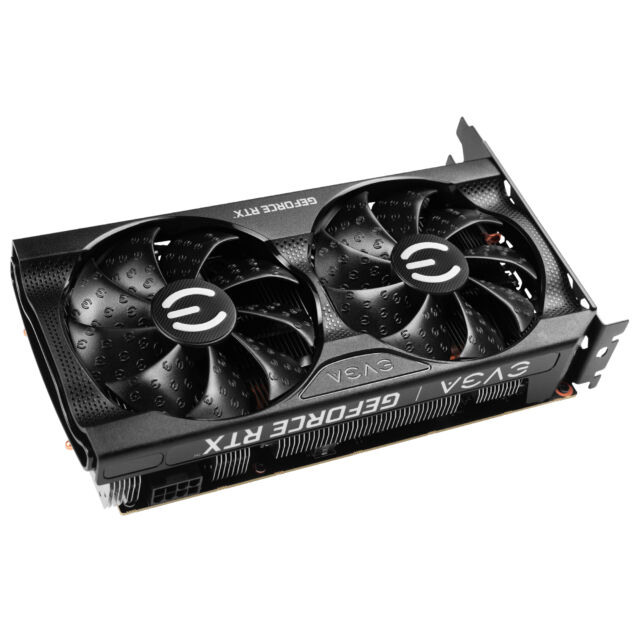
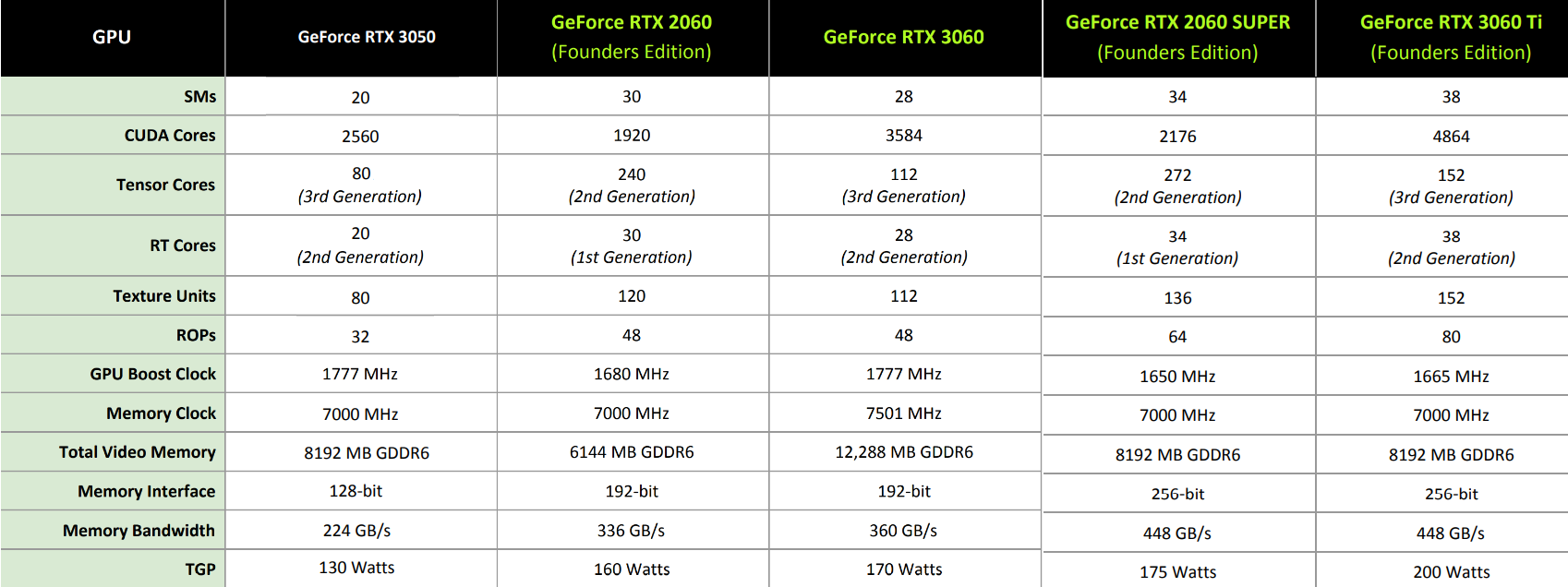
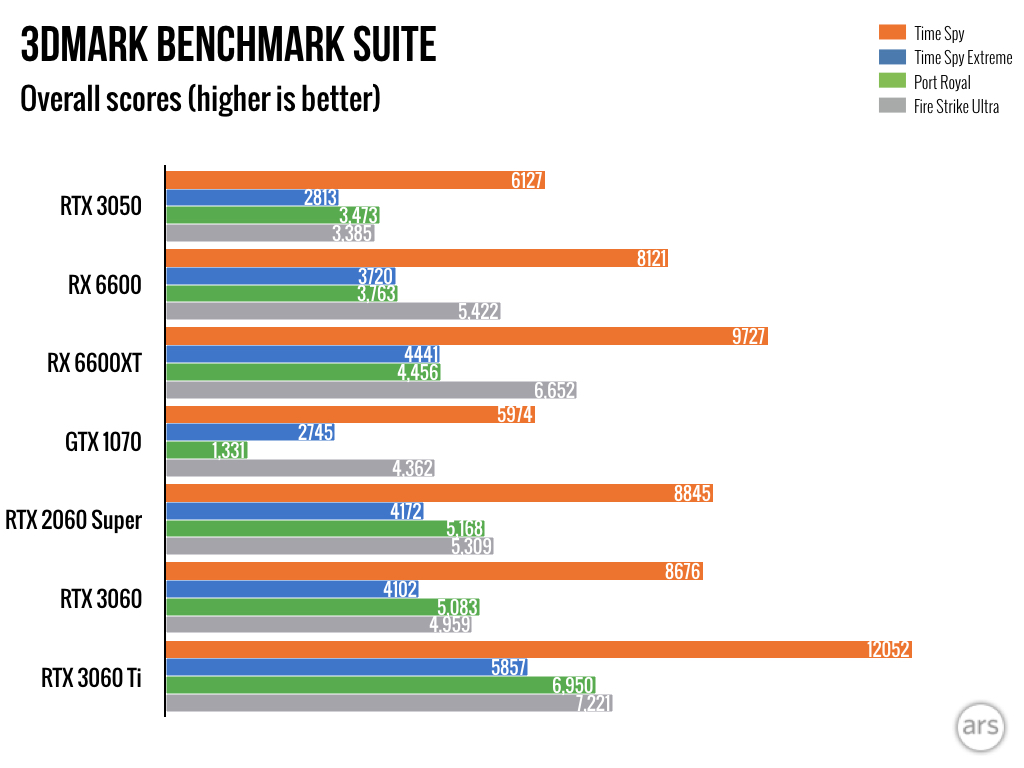
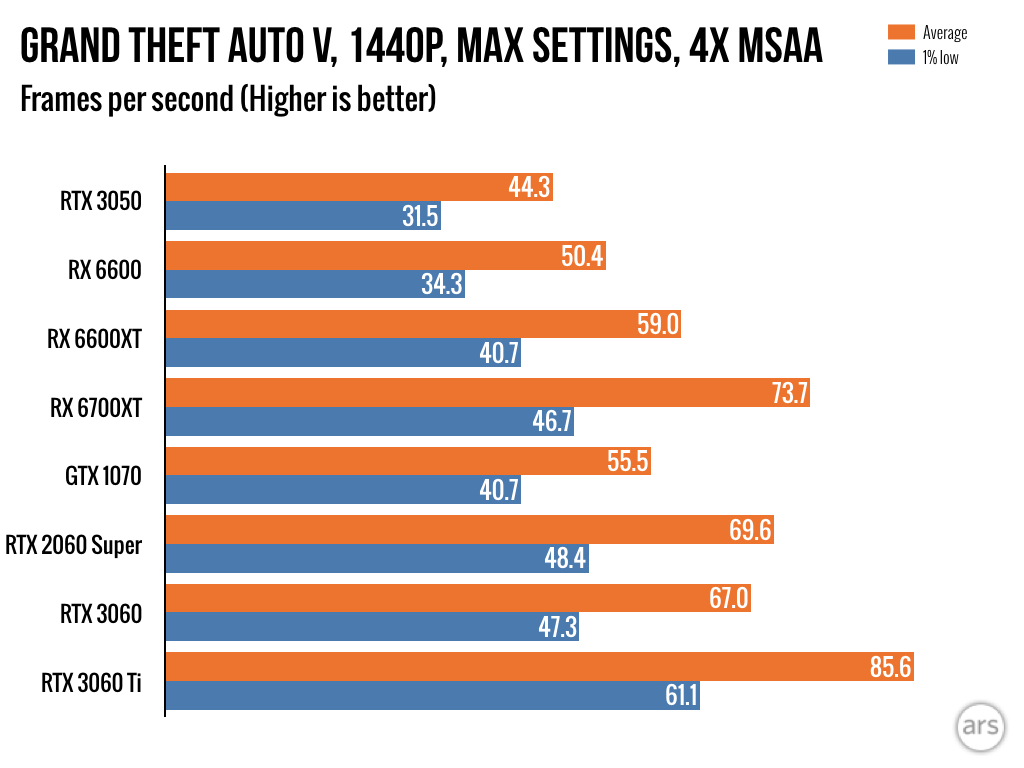
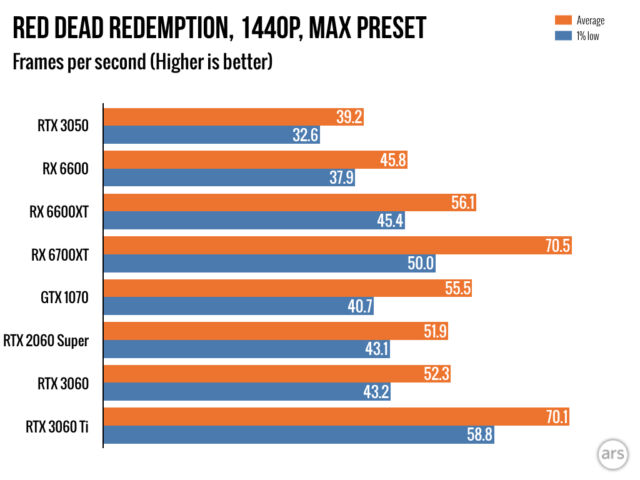
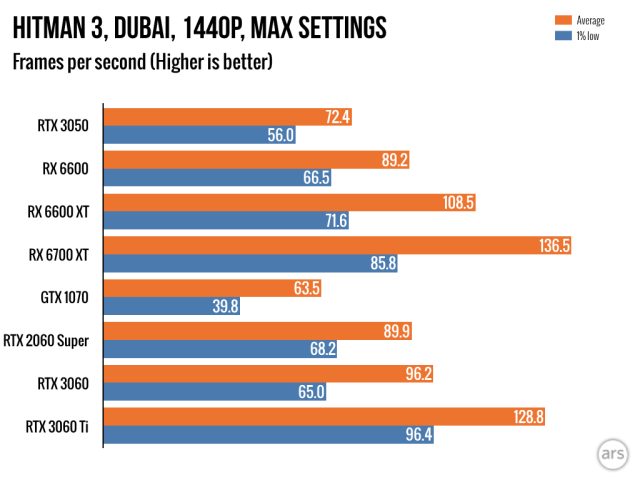
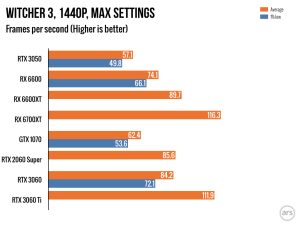
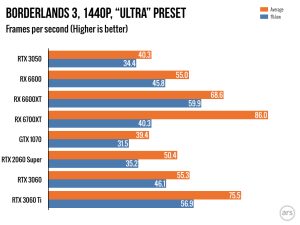
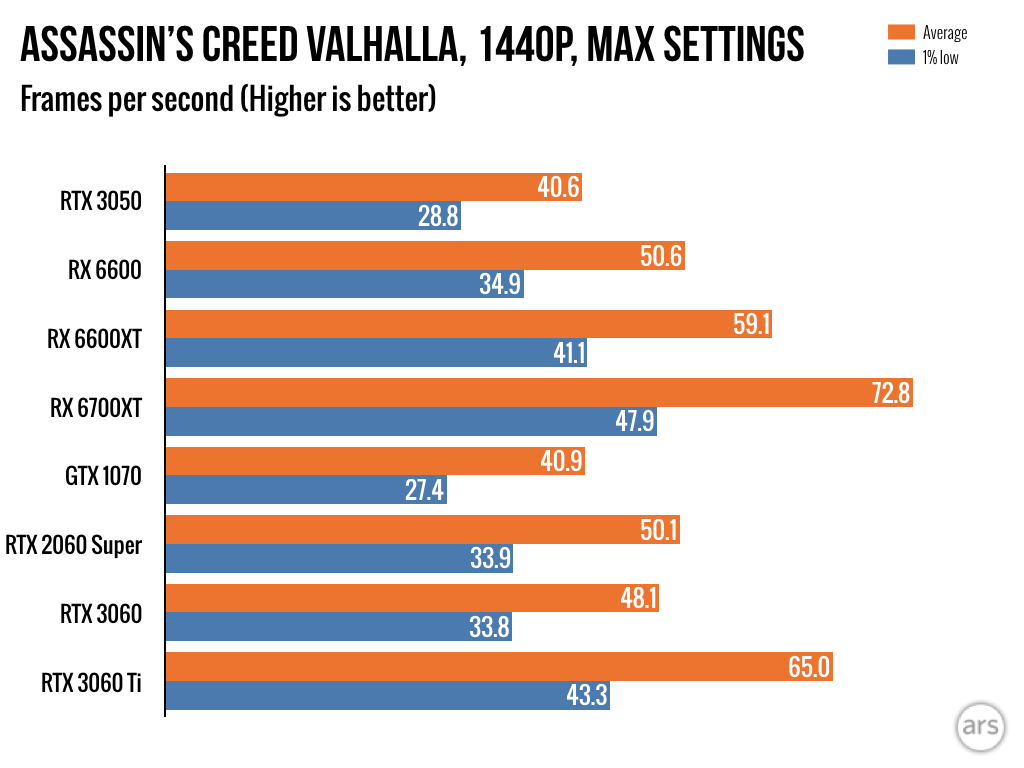
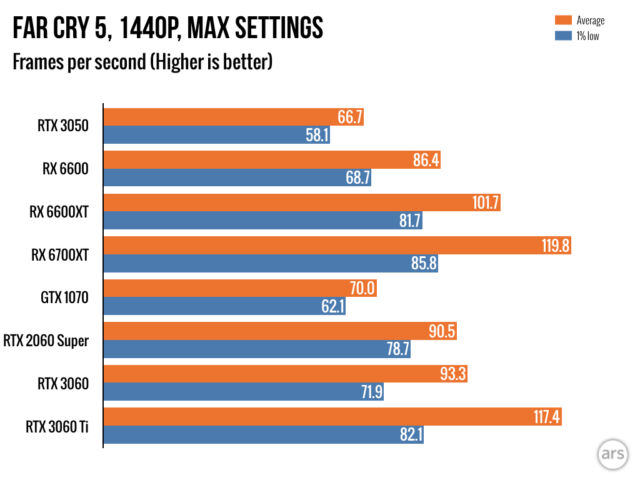

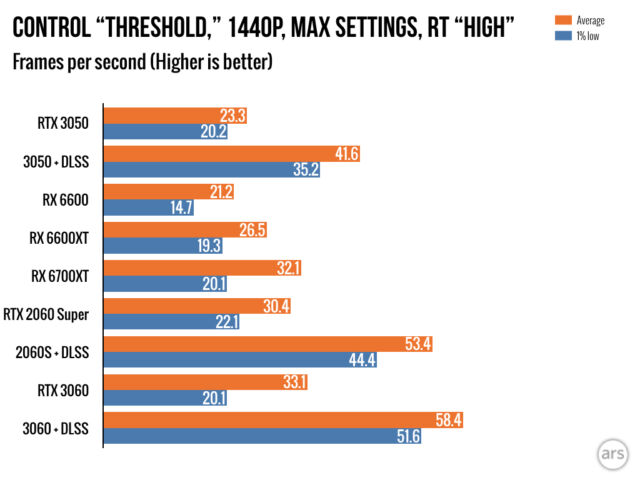
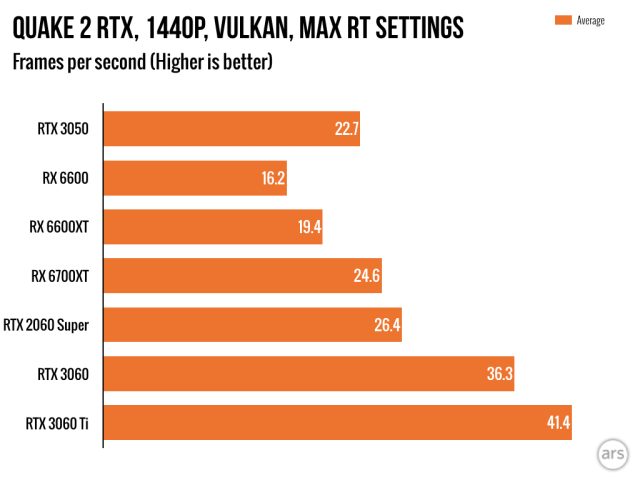
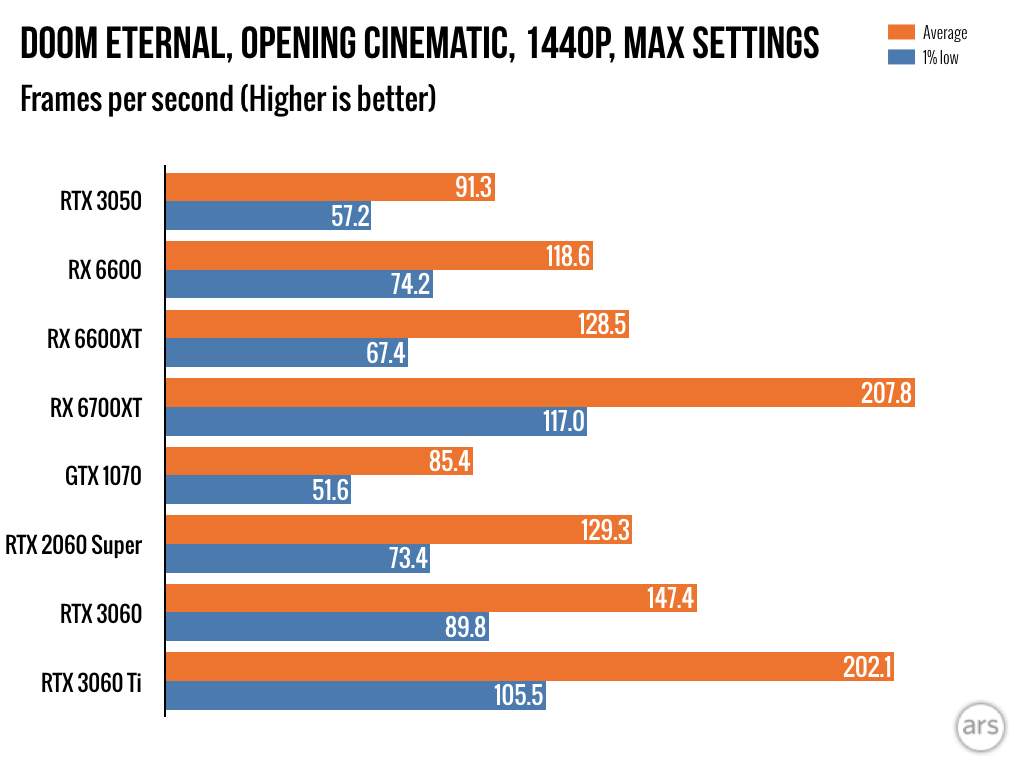

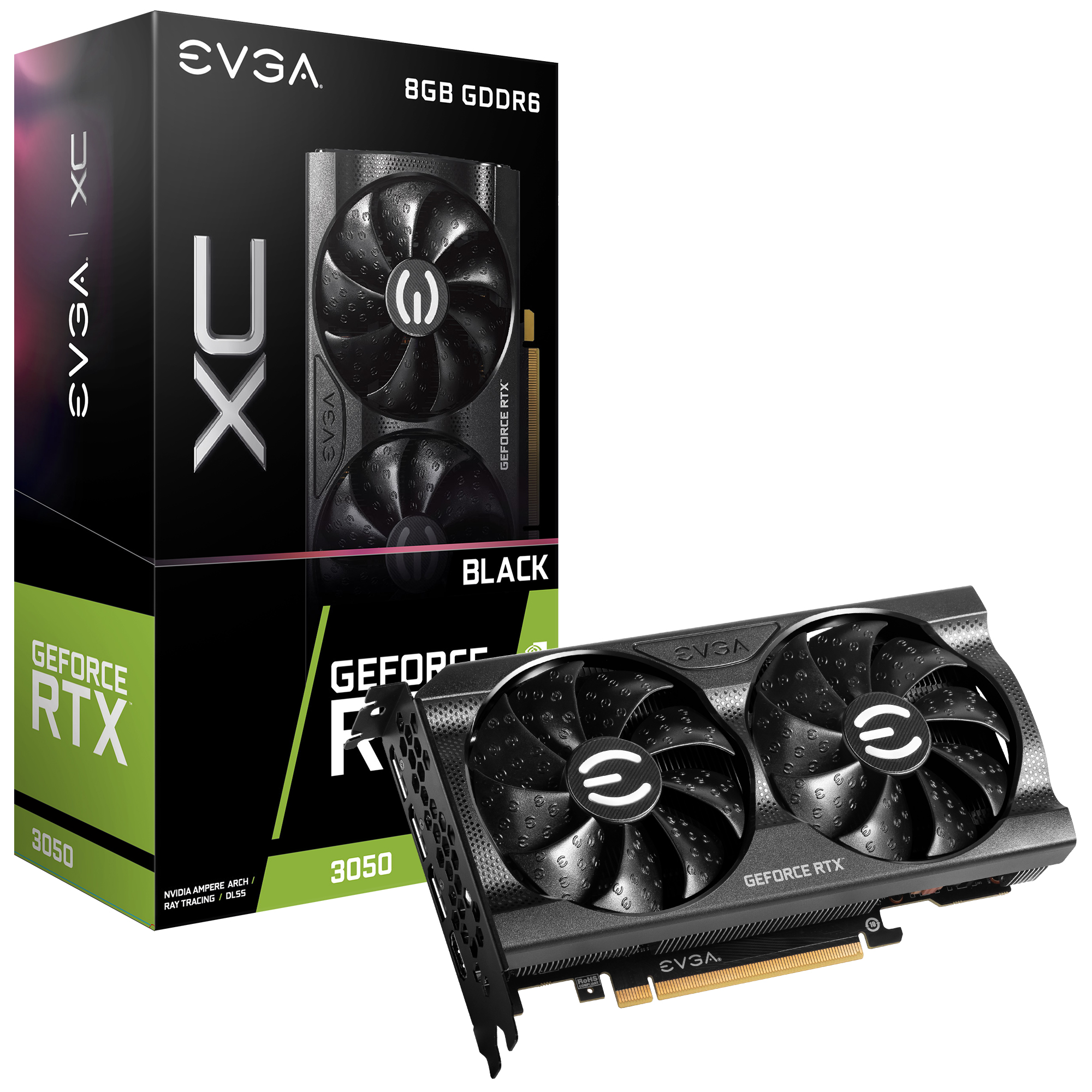
 Loading comments...
Loading comments...
